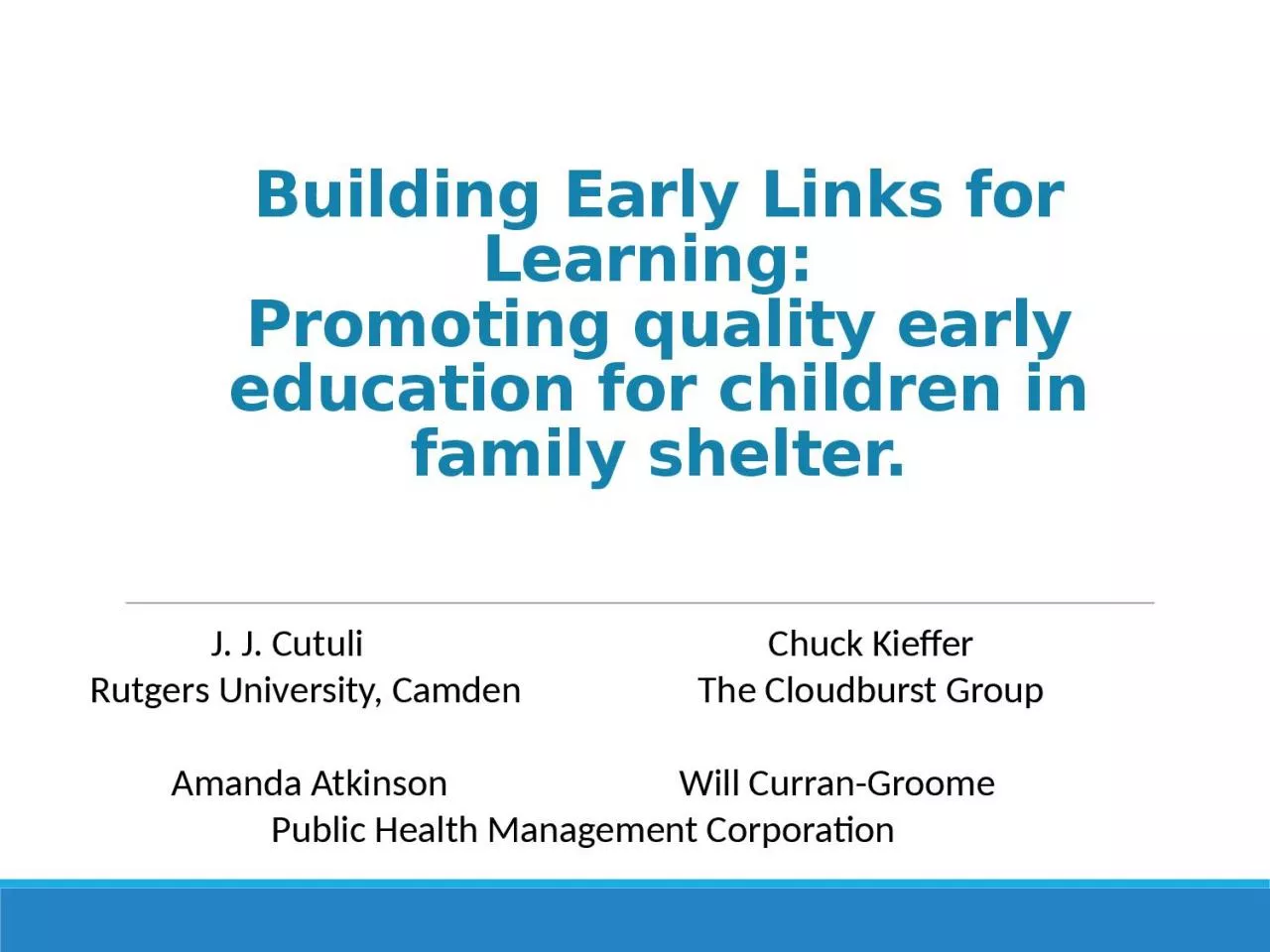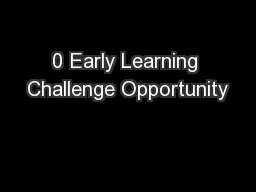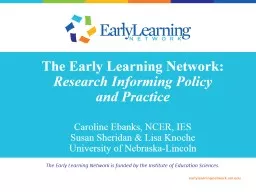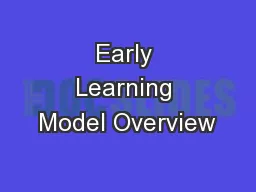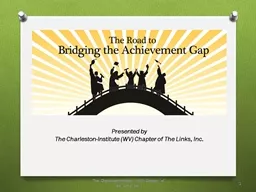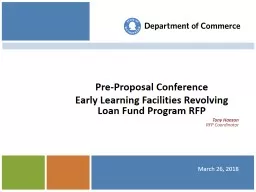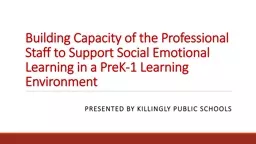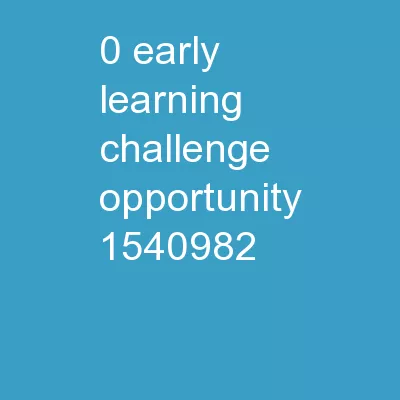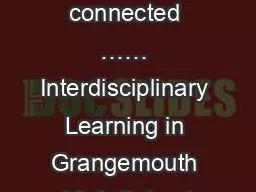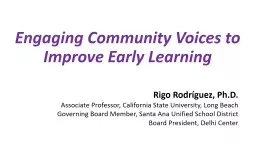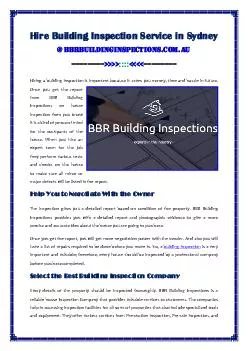PPT-Building Early Links for Learning:
Author : delcy | Published Date : 2024-01-29
Promoting quality early education for children in family shelter J J Cutuli Rutgers University Camden Chuck Kieffer The Cloudburst Group Amanda Atkinson Will Curran
Presentation Embed Code
Download Presentation
Download Presentation The PPT/PDF document "Building Early Links for Learning:" is the property of its rightful owner. Permission is granted to download and print the materials on this website for personal, non-commercial use only, and to display it on your personal computer provided you do not modify the materials and that you retain all copyright notices contained in the materials. By downloading content from our website, you accept the terms of this agreement.
Building Early Links for Learning:: Transcript
Download Rules Of Document
"Building Early Links for Learning:"The content belongs to its owner. You may download and print it for personal use, without modification, and keep all copyright notices. By downloading, you agree to these terms.
Related Documents

